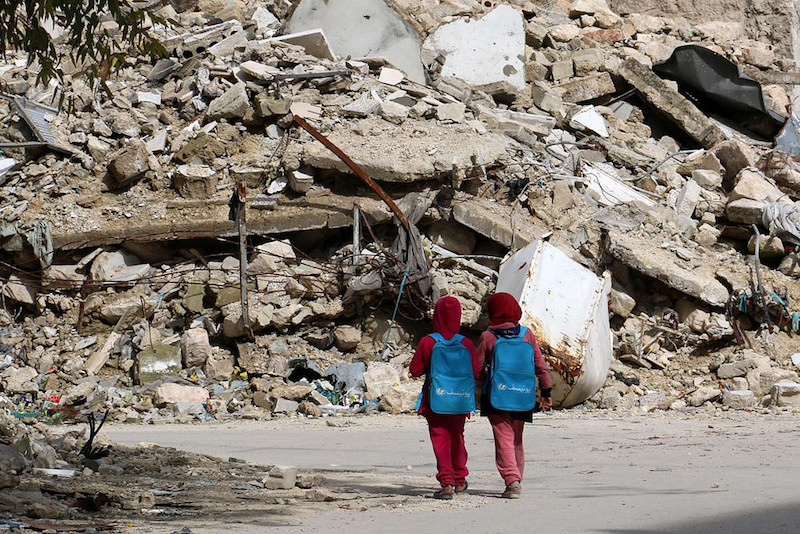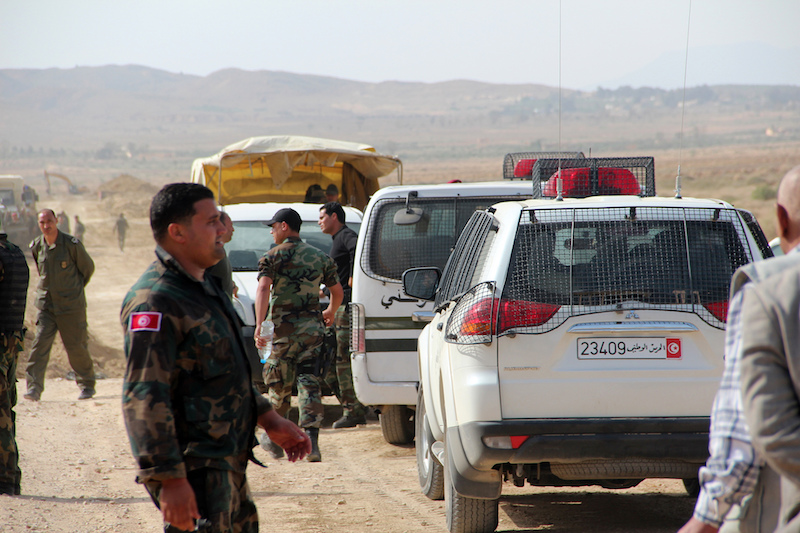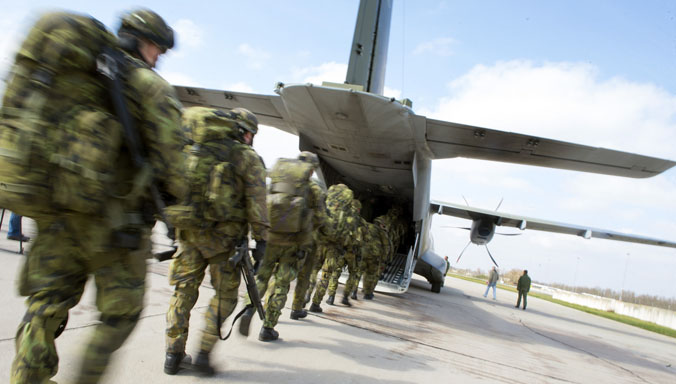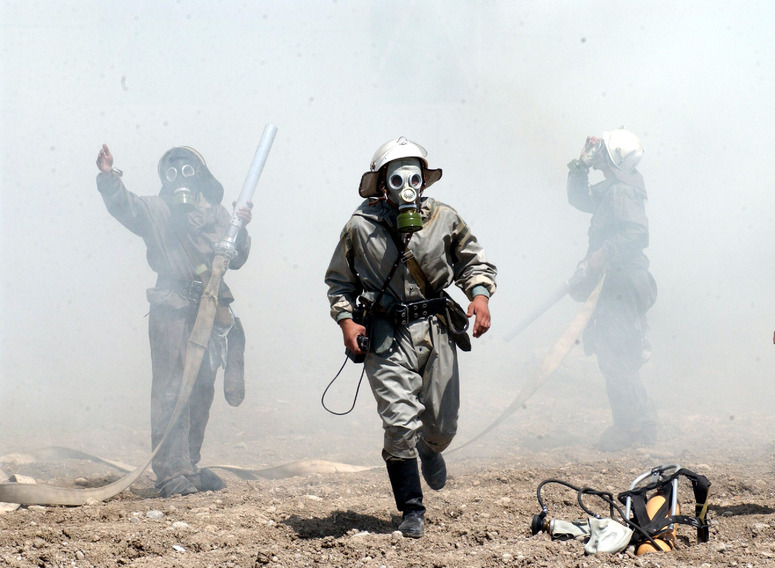The ancient city of Aleppo was once a thriving metropolis that was designated under UNESCO’s World Heritage list in 1986. It was compared to Athens in Greece or Byblos in Lebanon, as one of the oldest cities to be continuously inhabited. The city stood the test of time for over 2000 years, having been ruled by the Romans, Byzantines, Seljuqs, Mamluks and Ottomans among others. The modern city of Aleppo rests on the site of the old city and, over centuries, grew into the commercial hub of Syria and expanded to become one of the largest cities in Syria. Aleppo was a melting pot of history, culture and cuisine, often changing its facade to accommodate its changing demographics.
Today, however, the Syrian Civil War has reduced its poetic architecture to a complete rubble. The days of actual conflict on the ground came in July 2012, almost 16 months after the revolution broke out in Syria. Aleppo remained unaffected until opposition forces began penetrating the city and clashing with government forces. This marked the beginning of their battle to cleanse the city of one another. Eastern Aleppo fell into the hands of the opposition as the western side remained loyal to Assad. After being under constant siege under both the opposition and government for over four years, the bloodiest part in the fight for Aleppo began on Sept. 19 2016 when the ceasefire brokered between US and Russia failed.
In Aleppo, the major opposition forces convene under the loosely used banner of the Free Syrian Army(FSA) that is said to consist of “moderate” forces as well as pro-Islamic groups among other factions. Eastern Aleppo was a strong-hold of the FSA, and a sign of success for the armed rebellion until a few days ago. Last week, the rebel-held side of Aleppo was bombarded by Russia-backed Syrian Army more heavily than any other time during the war. The onslaught was intended to break the supply channels of the opposition forces in eastern Aleppo and trap them, so that government-backed ground troops can target their offensive. The military offensive, that continues to this day, is largely condemned for the use of ‘bunker buster’ bombs and incendiary devices costing the lives of innocent civilians as well as reducing access to life-saving supplies for those who survive. It is currently estimated that two million people are without water in Aleppo. The most recent bombings of two hospitals in the city, have shown that the tide is changing in favour of the Syrian army. It has also established that the offensive is at an unprecedented scale.
An assault of such magnitude couldn’t have been possible for the Syrian army without Russia’s supportive airstrikes as well as Iran’s financial and military contributions. Aleppo’s offensive mimics the government’s overall strategy; it plans to first divide opposition-held areas using intense weaponry, thereby isolating and starving them of resources and then, advance their ground forces into those specific areas. Retaking Aleppo, often called the second city of Syria that is also a key territory of the opposition would mean both, a military and a psychological win for the Assad regime.
Assad also plans to desolate “moderate” forces in Aleppo as part of his plan to bring all of Syria under his control. The Aleppo offensive has proved vital in this effort in that it is forcing moderates to associate with jihadists in these desperate times. This leaves the international supporters of the opposition that include US, Turkey, Saudi Arabia and its Gulf allies with less clarity about to whom their weaponry is transferred. For Assad, however, it defines the enemy as one big terrorist entity giving him more reason continue his offensive.
While the latest attack on Aleppo has changed the direction of the war dramatically, it will take a lot longer before we see a clear victor. In reality, Syria is heavily dominated by forces other than Assad’s regime; ISIS still holds large swathes of land, and groups like Jabet Fateh Al-Sham have significant strength to continue the fight against the government. Moreover, the government is contending with US-backed Kurdish forces in northern Syria and other pro-Islamic groups supported by nations like Turkey, Saudi Arabia and its Gulf allies. Even if the government were to re-capture cities like Aleppo, little can be said of the possibility that it will remain that way.
The war has ultimately caused Aleppo’s rich history to be wiped off the earth and in the minds of the next generations of Syrians. This, by itself is a defeat for the international community, since no one has been able to protect the city or its innocent civilians for over five years. Remarkably, feeling abandoned by the international community is the reason why some Syrians began their rebellion against the Syrian government in the first place. With Russia showing no signs of backing away from supporting the Syrian army and Iran’s continuing to be a known supporter of the Assad regime, the war seems to have progressed into its most intense phase yet.
The victims of circumstance in this war, continue to be the civilians who are ideologically and literally trapped between both sides. UNICEF estimates that 100 children have been killed and 223 have been injured since Sept. 23 in Aleppo alone. The growing number of child victims spells a bleak future for the surviving children, those who will most likely carry lasting psychological scars of war. Until the key players in the war put the lives of innocents first, there will be many other Aleppos that will fall, and when they do, they will take their past and future along with them.
Photo: Syrian girls, carrying school bags provided by UNICEF, walk past the rubble of destroyed buildings on their way home from school in al-Shaar neighborhood, in the rebel-held side of the northern Syrian city of Aleppo (2015), by Jordi Bernabeu Farrús via Flickr. Licensed under CC 2.0
Disclaimer: Any views or opinions expressed in articles are solely those of the authors and do not necessarily represent the views of the NATO Association of Canada.




